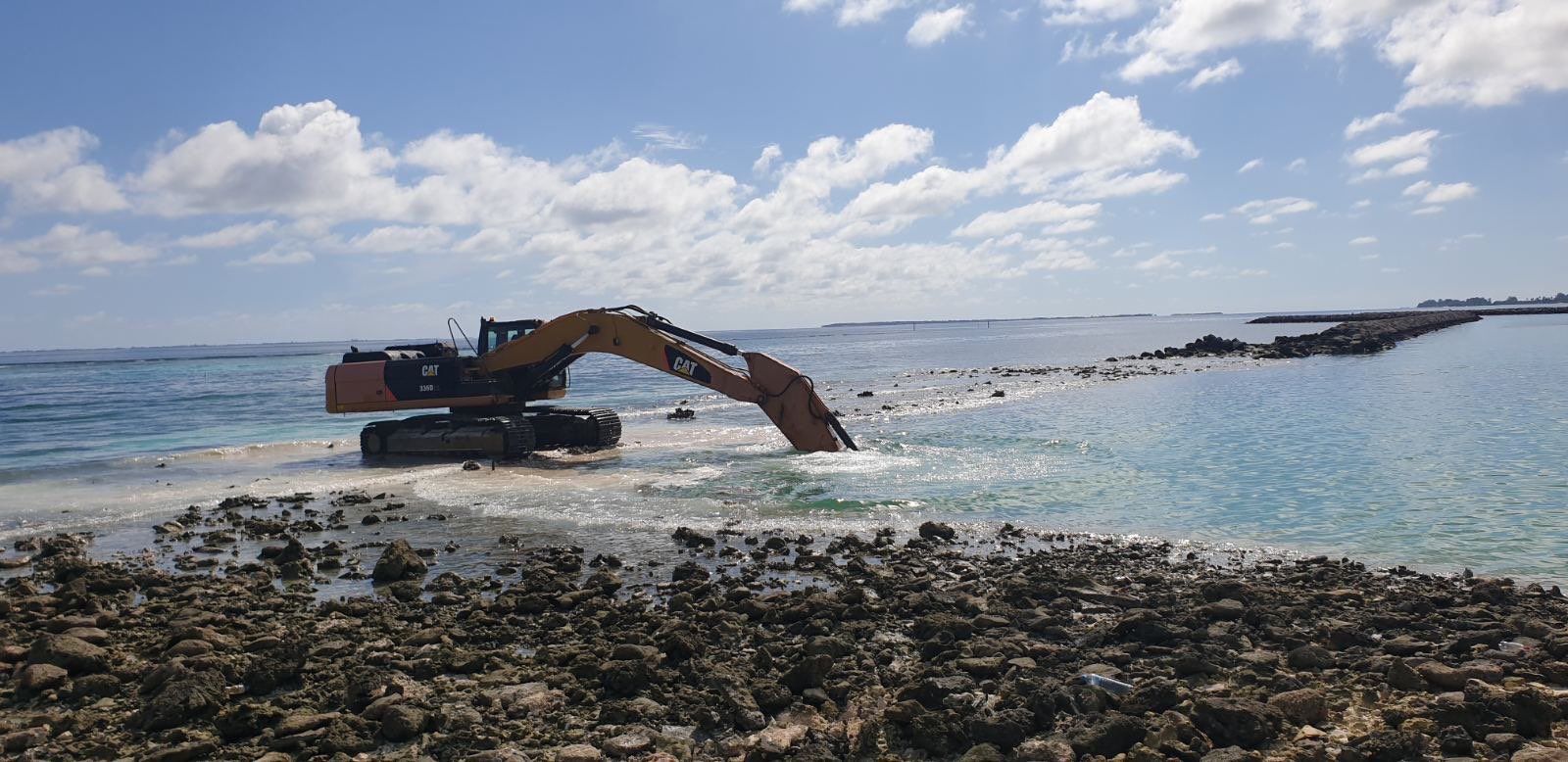Infrastructure development pushing islands to ‘tipping point’
Islands cannot naturally adapt to climate risks after harbour and land reclamation projects.

28 Dec 2019, 9:00 AM
Human-driven pressures on island-reef systems is pushing a majority of Maldives islands to a threshold beyond which it cannot naturally adapt to climate risks such as sea-level rise, scientists have found.
According to findings published on Nature, researchers Virginie K. E . Duvat and Alexandre K. Magnan concluded that “20.1% of inhabited and exploited islands (eg: resorts, airport islands) have already reached a tipping point and that 46.2% may reach it over the coming decade(s).”
The pair conducted fieldwork and studied a sample of 608 Maldivian islands from 23 natural atolls, comparing high-resolution satellite images between 2006 and 2016. They studied disturbances caused to coral reefs – which form the bedrock of Maldivian islands – and shorelines due to expansion by reclamation as well as harbour construction and reef dredging.
“This study constitutes the first detailed, nationwide assessment of human-driven undermining of the coastal protection services provided by the reef ecosystem to island communities,” the paper noted. “It confirms that over the last decade, human activities have been a major driver of reef-island morphological change.”
Become a member
Get full access to our archive and personalise your experience.
Already a member?
Discussion
No comments yet. Be the first to share your thoughts!
No comments yet. Be the first to join the conversation!
Join the Conversation
Sign in to share your thoughts under an alias and take part in the discussion. Independent journalism thrives on open, respectful debate — your voice matters.




